Overwintering nucs
And suddenly the season is almost over. The lime and bramble are finished, the rosebay willowherb (fireweed for those from the USA) is nearly over, honey has been harvested (but in my case not yet extracted) and queens are starting to slow down their laying rate. There’s almost nothing to do in the apiary. Colonies are unlikely to swarm this late and so inspections can be reduced in frequency. Drones are getting chucked out of the hives and queen rearing becomes a bit hit and miss, with poorer weather, cooler temperatures and the real probability that they won’t get mated properly.
This is when I prepare nucs for overwintering and rationalise my colonies to keep the stocks I want to feed up for winter. I split up my weaker colonies, using the brood and bees to populate 5 frame poly nucs to which I introduce a recently mated queen. Although established queens heading big colonies may well be slowing down, queens mated in the last few weeks will probably be laying really well. It’s therefore possible to start the nuc with just a frame of sealed brood, a frame of stores, a frame of drawn comb together with another frame of bees shaken on top. I use a dummy board to restrict the space the bees have to the three frames and introduce a mated queen in a sealed JzBz introduction cage, hanging from the top bars on a cocktail stick carefully (to avoid impaling the queen!) pushed through the JzBz cage.
I either move the nuc to another apiary (>3 miles away) or stuff the entrance with grass to stop too many of the flying bees from returning to the colony they were harvested from … the reality being that the colony has almost certainly been split up completely and no longer exists. If you put the nuc boxes back on the original stand one usually ends up being much stronger as the flying bees preferentially return to it. A day or two later I return and remove the cap from the JzBz cage, allowing the workers to release the queen by chewing through the queen candy the cage neck is packed with. By this time the bees will probably have found a way out and will be busy foraging … if they have to struggle through the grass for too long they lose lots of pollen at the colony entrance.
A week or so later I check the queen is out and laying well, adding two further frames – usually one of stores and one of drawn comb, depending on the weather. This is the five frame colony that will be overwintered.
Through late August and early September these nucs need to be monitored reasonably carefully. If there’s no forage they will almost certainly need feeding. They will also need protection from wasps. Finally, once the colony is strong with good numbers of bees for overwintering they need to be fed with syrup. This year I’m using the recently introduced Thorne’s Everynuc with an integral feeder (see the picture above). I’ll use this to feed Ambrosia and work out a way to provide additional fondant in mid-winter if needed.
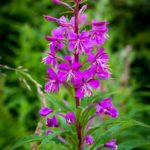
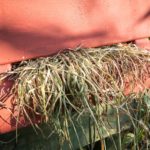
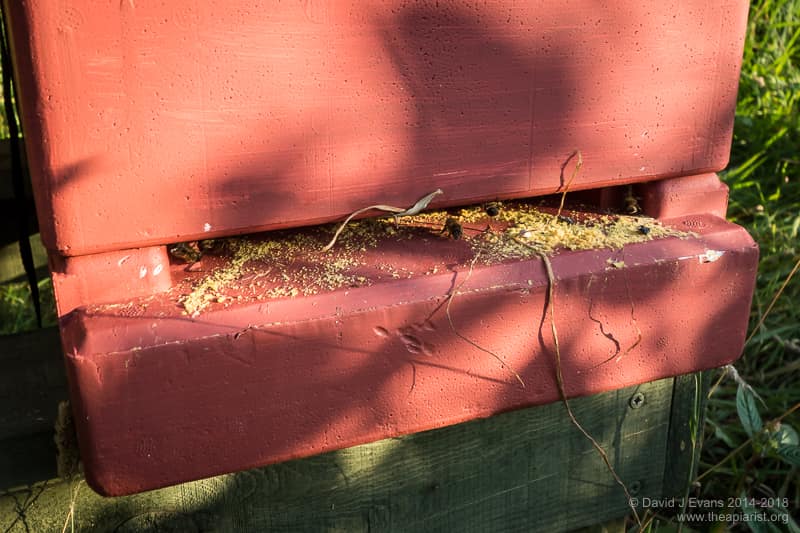
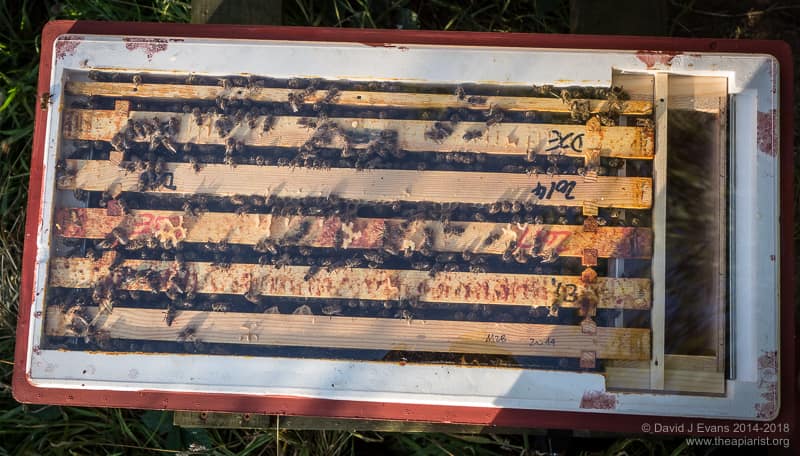
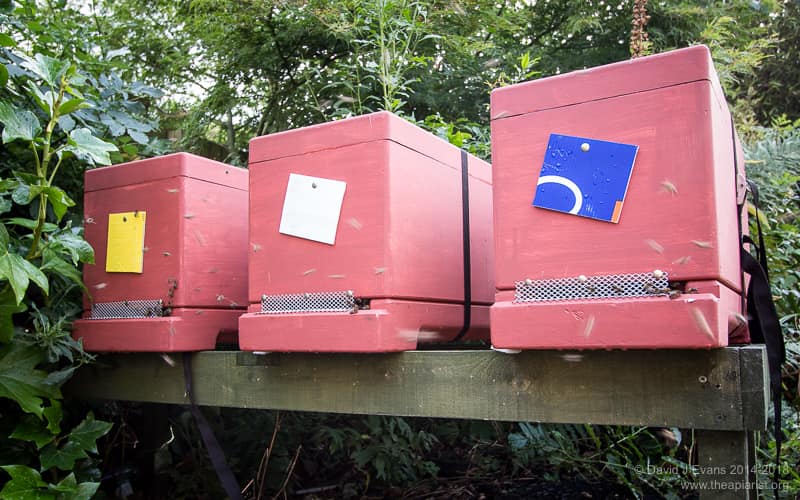
Join the discussion ...